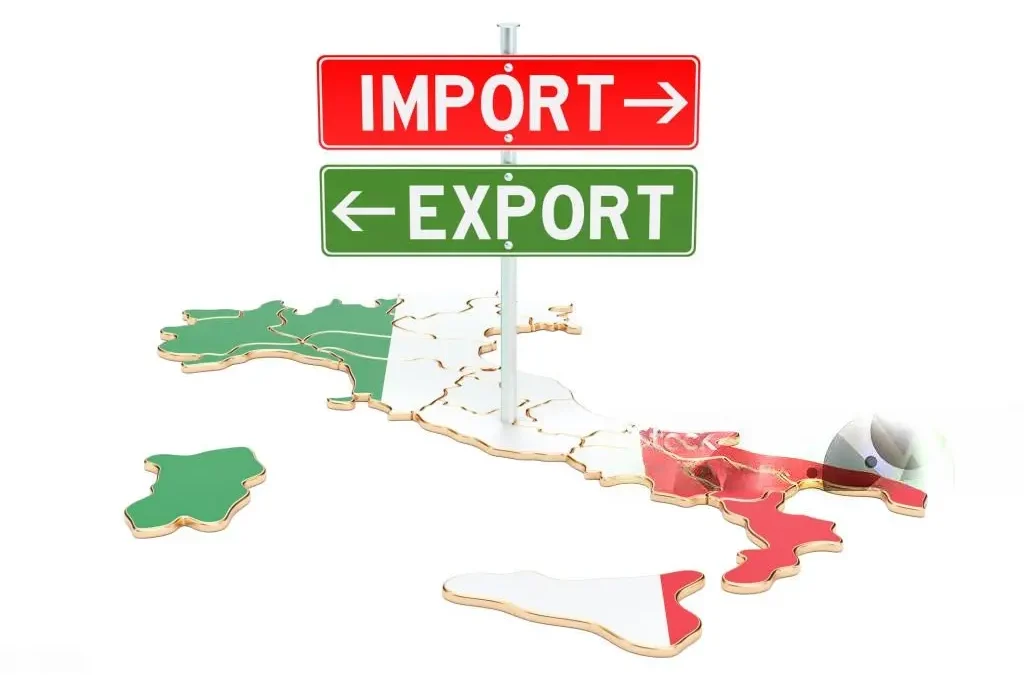Trading can be overwhelming, especially regarding the roles of importer of record and exporter of record. While they may seem the same at first glance, each carries distinct responsibilities that are essential for smooth international trade operations. Many businesses often confuse the two, mistakenly assuming they perform identical functions. However, despite some overlapping duties, the IOR and EOR roles serve different purposes in ensuring compliance, efficiency, and the successful movement of goods across borders.
We’re here to clear up the confusion and provide you with a clear understanding of what IOR and EOR are and how they differ from one another.
What does IOR mean in shipping?
IOR meaning in shipping refers to the entity or individual legally empowered to import goods into a specific country. This Importer of Record is tasked with obtaining all required permits and licenses, managing the essential legal documentation, ensuring prompt payment of import taxes, and adhering to local customs and trade regulations. For a more detailed overview, check out our guide on understanding Importer of Record compliance.
What does eor mean in shipping?
EOR meaning in shipping refers to a legal entity responsible for overseeing the entire export process to ensure goods reach their destination safely and in compliance with all regulations. This includes managing essential legal documents, ensuring adherence to export requirements, and handling all applicable taxes. Discover how EOR simplifies cross-border trade by streamlining these complex procedures and facilitating smoother international transactions.
Differences between Importer of Record and Exporter of Record (IOR vs. EOR)
While the IOR and EOR are mostly similar in responsibilities, they may differ in the nature and scope of the operation. The following table represents the key difference between the importer of record and exporter of record:
| Aspect | Importer of Record (IOR) | Exporter of Record (EOR) |
| Primary Role | Ensures imports comply with the destination country’s regulations. | Ensures exports meet the origin country’s laws and international standards. |
| Legal Responsibility | Handles customs clearance, duties, and import documentation. | Manages export permits, documentation, and compliance with export controls. |
| Focus | Import compliance in the receiving country. | Export compliance in the shipping country. |
| Documentation | Import licenses, customs declarations, and tax payments. | Export permits, licenses, and certificates. |
Responsibilities of IOR/EOR services
IOR and EOR in shipping assume crucial tasks and functions that simplify the movement of goods around the world. So let’s have deep knowledge about them:
Prepare documentation:
The EOR is responsible for export documents like declarations, commercial invoices, export permits, and packing lists, while the IOR manages import documents such as bills of lading, certification of origin, and import licenses.
Compliance checks:
IOR and EOR services ensure the compliance of export and import laws according to the country of origin. The IOR is responsible for import regulations, while the EOR is responsible for export regulations and restrictions.
Customs Compliance:
Both roles manage customs clearance, but the Importer of record facilitates a smooth transition in the import process and handles all customs approvals. At the same time, the exporter of record oversees export approval in the country of origin.
Pay tax and customs:
The importer of record and exporter of record both have financial liabilities. The EOR ensures all financial matters related to the export process, including permits and fees, and the IOR is also responsible for import fees, taxes, and duties. Both have to pay on time to avoid extra penalties and delays due to non-compliance.
Can the Exporter be the Importer of record?
The exporter can be the importer of record in certain situations where the buyer is unable to manage the import process, such as lacking the necessary knowledge or resources to handle customs and compliance. This can also occur if the exporter has operations or a legal presence in the destination country, making it easier to manage the import process. If the exporter offers DDP (Delivery Duty Paid) terms, they automatically take on the IOR responsibility, handling duties, taxes, and compliance.
Additionally, if goods are being sent to the exporter’s warehouse or a third-party facility in the destination country or when special permits are required, the exporter may assume the IOR role to streamline the process and ensure compliance. This arrangement allows businesses to maintain control over the entire import process, offering a smoother experience for both parties.
Benefits of IOR EOR Services by IOR Africa
IOR Africa offers a streamlined approach to global trade by managing the complexities of Importer of Record services and Exporter of Record services. Our expertise ensures your goods move efficiently across borders, freeing you to focus on growing your business by providing you with the following:
- Cost saving: IOR Africa minimizes unnecessary expenses by managing logistics and compliance effectively, ensuring cost-effective operations.
- Expertise Across Industries: With experience in IT, tech, and other sectors, IOR Africa tailors its services to suit your business’s specific needs, ensuring a smooth shipping experience.
- Accurate Compliance: IOR Africa ensures your shipments meet all legal requirements for imports and exports, reducing the risk of delays, penalties, or non-compliance issues.
- Documentation Handling: From import permits and certificates to export declarations, IOR Africa handles all the necessary paperwork so you can focus on your core business.
- Minimizing the risk: We reduce compliance risks in trade and customs by ensuring accurate documentation, adhering to regulations, and leveraging expert knowledge for smooth operations.
Discover how IOR Africa can assist you with your import/export needs
Struggling with the complexity of international trade? Between navigating intricate regulations and managing endless paperwork, importing and exporting can be daunting. At IOR Africa, we alleviate these challenges by offering Professional IOR solutions and Trusted EOR support that takes care of everything—from customs compliance to documentation. With our expert assistance, you can focus on growing your business while we handle the details.
If you’re tired of the hassle, let us take the weight off your shoulders. Fill out the form and get expert help with your IOR and EOR needs across Africa and the Middle East. Let’s make your global trade journey smoother and more efficient!

